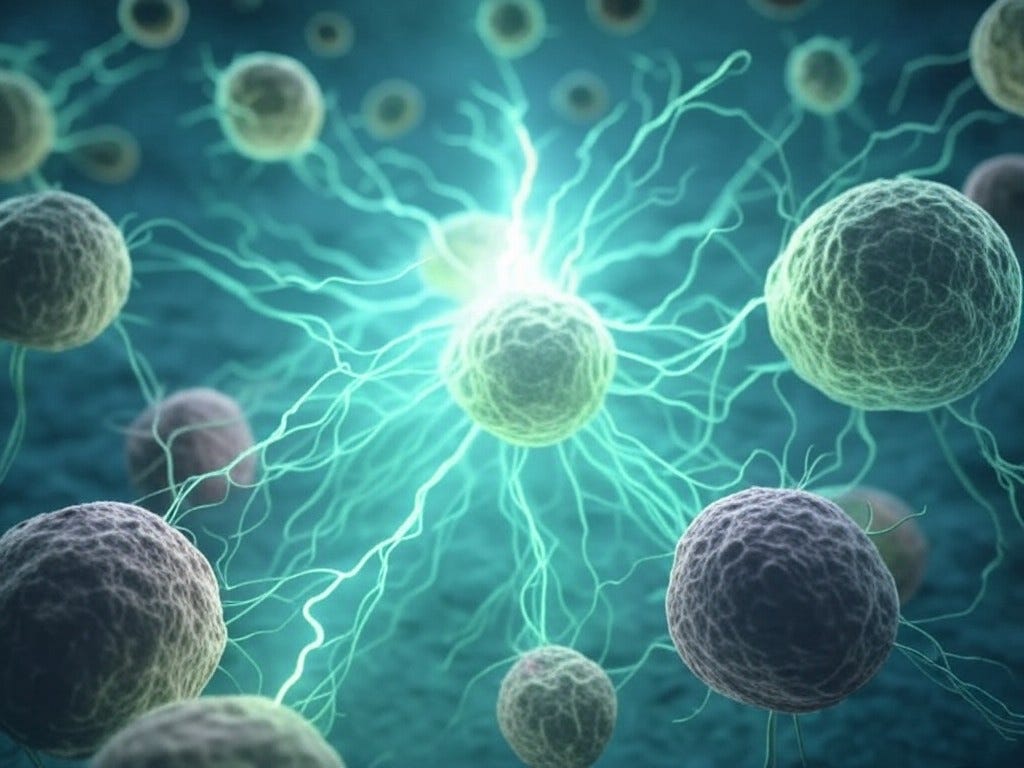Suzetrigine vs. Cannabis: Why the Future of Pain Relief Just Changed Forever
A groundbreaking study confirms that cannabinoids block pain at the molecular level. This isn’t theory—it’s fact
Cannabis, Pain, and the End of Uncertainty: Why This Study Changes Everything
TL;dr — Cannabis has long been hailed for its pain-relieving properties, but until now, skeptics have dismissed it as anecdotal or unproven. A groundbreaking Yale study changes that, confirming that CBD, CBG, and CBN directly inhibit Nav1.8, a key protein responsible for amplifying pain signals. This isn’t just theory—it’s molecular validation of what patients have reported for decades. Meanwhile, Suzetrigine, a pharmaceutical Nav1.8 blocker, was fast-tracked for approval, raising the question: Will cannabis finally be accepted as legitimate medicine, or will it be sidelined in favor of more expensive, patentable drugs? Science is no longer the barrier—policy, profit, and access are.
A Moment of Clarity in the Fog of Pain Management
Pain has shaped human history—often in tragic ways. From the opium dens of ancient civilizations to the modern opioid epidemic, our attempts to manage it have led to both breakthroughs and devastating consequences.
For years, millions have reported relief from cannabis, but skeptics dismissed their experiences as anecdotal, unproven, or even dangerous.
Now, a landmark Yale study provides indisputable molecular proof that cannabinoids deliver real, measurable pain relief at the nerve function level. This is terra firma—not speculation, not theory, but a demonstrated biological mechanism.
And if there were any lingering doubts? The pharmaceutical industry just approved Suzetrigine, a drug designed to do precisely the same thing that cannabis has been doing all along.
The difference? One is a plant, historically stigmatized and restricted. The other is a patentable, profit-driven pharmaceutical.
So, where do we go from here? And why does this change everything?
The Molecular Mechanism: Why This Isn’t Just Another “Cannabis May Help” Study
For decades, the medical community has dismissed cannabis-based pain relief as vague or anecdotal.
“It reduces inflammation.”
“It interacts with the ECS.”
“It changes pain perception.”
All plausible, but none provided the precise molecular mechanism needed to satisfy clinical skeptics.
This study changes that.
At its core, pain is an electrical signal, transmitted from the site of injury or dysfunction to the brain. Nav1.8, a voltage-gated sodium channel, amplifies pain signals—keeping them firing and making them harder to ignore.
The Yale study confirms that CBD, CBG, and CBN directly inhibit Nav1.8, silencing excessive pain signals before they reach the brain.
Of these, CBG emerged as the most potent inhibitor—suggesting it may be one of the most powerful cannabinoids for next-generation pain management.
This isn’t a vague benefit or a general anti-inflammatory effect. This is direct evidence of cannabis blocking a primary pain pathway—a game-changing confirmation of what patients have known all along.
Culturally, This Is a Tectonic Shift in Pain Management
For over a century, cannabis has existed in a strange paradox. Despite overwhelming anecdotal and observational evidence that it helps with pain, medical institutions, regulatory agencies, and pharmaceutical companies have been reluctant to fully embrace it.
The go-to response? “We need more research.”
That response was always frustrating—because it is evident that the people clamoring for more research never seemed to read the research currently available, and it was never applied evenly. Opioids, for instance, were pushed into the mainstream without the same level of scrutiny (no long-term studies), despite their catastrophic consequences. (And look at the catastrophic epidemic that came by way of FDA approved channels!)
Now, with Suzetrigine approved—a synthetic drug designed to block Nav1.8, just like cannabis does—we’re forced to confront a deep inconsistency in our approach to medicine.
If blocking Nav1.8 is an exciting breakthrough for pharmaceutical pain relief, then why has cannabis, which does the same thing, been ignored for so long?
This study makes one thing clear:
The argument that “we don’t know enough” about cannabis is now scientifically indefensible.
We know. We understand the mechanism. We have the evidence.
The real question is whether the healthcare system will continue to sideline cannabis in favor of pharmaceuticals that do the same thing—but with a prescription and a higher price tag.
The Historical Context: What Pain Management Looked Like Before This Moment
Let’s take a step back and appreciate just how big this shift is.
For most of human history, pain relief has been a messy mix of trial and error, often with devastating consequences:
- Opium & Morphine (1800s – Present): Highly effective but highly addictive, leading to cycles of dependence.
- NSAIDs (Aspirin, Ibuprofen, etc.): Useful for mild pain but can cause gastrointestinal, renal (kidneys), and cardiovascular damage with prolonged use.
- Opioids (OxyContin, Fentanyl, etc.): Hugely successful at relieving severe pain—but also responsible for nearly 1 million deaths and the modern addiction crisis.
- Antidepressants & Anticonvulsants (for neuropathic pain): Help some people but come with side effects like fatigue, dizziness, and mood disturbances.
And then there was cannabis—available, effective for many, but dismissed because it lacked a clearly defined mechanism of action.
Now, for the first time, we can put cannabis alongside mainstream pain medications not just as an “alternative,” but as a scientifically validated treatment.
This isn’t about personal belief, political ideology, or outdated stigma. It’s about evidence.
What Concerns Still Exist?
No discovery, no matter how groundbreaking, comes without its fair share of unanswered questions, skepticism, or the occasional bureaucratic roadblock. The Yale study confirms that cannabinoids block Nav1.8, making it a clear molecular player in pain relief—but like any major shift in medical understanding, it leaves a few loose ends that will need tying up.
1. How do cannabinoids compare to other Nav1.8 inhibitors?
Keep reading with a 7-day free trial
Subscribe to Doctor Approved to keep reading this post and get 7 days of free access to the full post archives.







